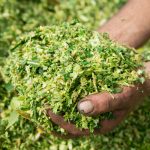
The color of plastic covers for greenhouses
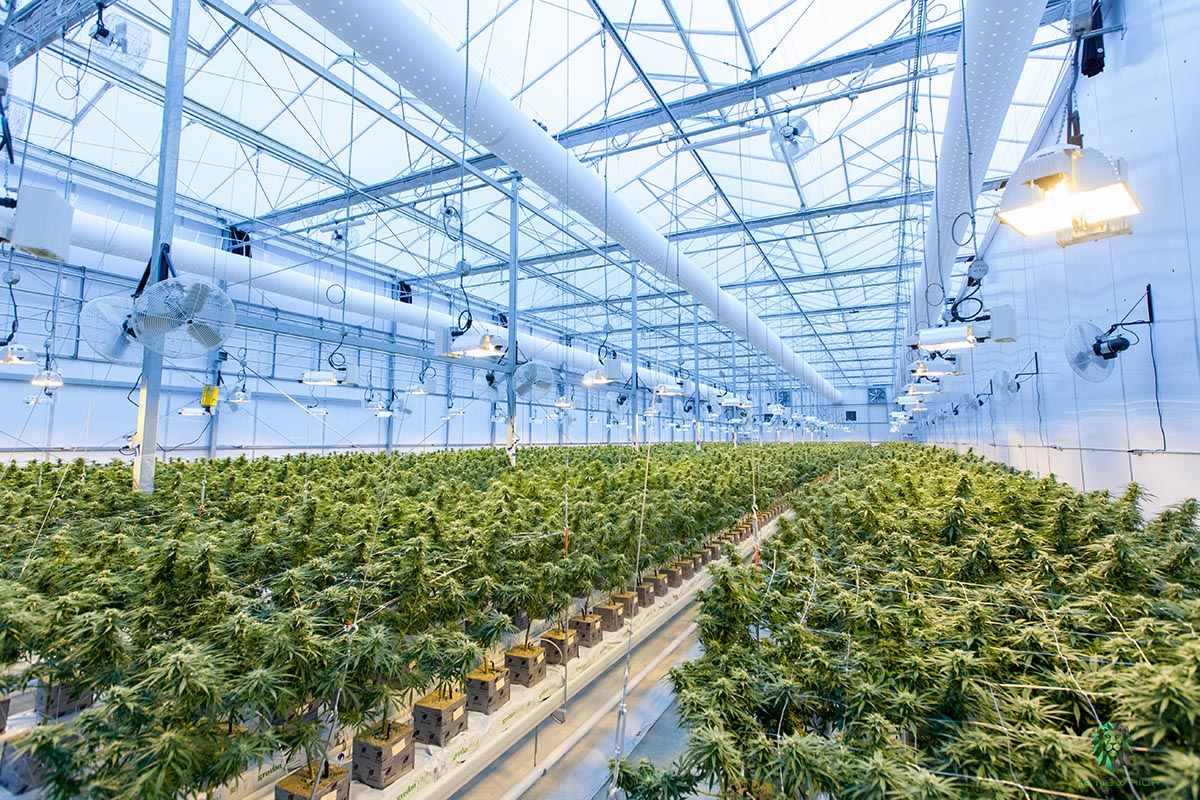

In previous articles, we have talked about the benefits and importance of using plastic films in agriculture as a way to boost farming, extend growing seasons and increase production levels. This time, we will discuss the color of plastic covers for greenhouses and how to know if the choice of the same will influence the development of the crop.
While one of the benefits of using plastic films in greenhouses is the fact that you can use solar and thermal energy more efficiently, the key is to know how to determine, based on the type of crop and climate of each region, the color of the plastic cover for the greenhouse that should be used to take full advantage of it while caring for the plants.
Depending on the region where the crop is located, one of the aspects that generates the most concern is being able to control the high temperatures that take place within the structure, since they can compromise the integrity of the crops and reduce their productivity.
In some cases, growers have taken on the task of covering greenhouses with increasingly whiter or less translucent plastics to reduce the high levels of radiation. Today, we can find a very diverse range of colors for plastic films in the market.
They can range from the more traditional clear and transparent ones to the darker and more opaque ones or others that can offer black, blue, red or green shades, which will act differently in each crop cycle. In this opportunity, we will give a brief outline of clear, diffuse, and luminescent plastics as they are the most commonly used and ideal solutions to a vast variety of crops and climates.
Clear, diffuse and luminescent plastics:
- Clear plastics for agricultural use
These are plastic sheets that, thanks to their degree of clarity and transparency, allow almost complete visibility of the crop underneath. For example, if they are used to cover crops that are located in structures such as greenhouses or tunnels, agricultural producers can easily see and monitor their crops at a glance from the outside.
Generally, these sheets of light or transparent colors have a percentage of solar diffusion between 10 and 25%.
- Diffuse plastics for agricultural use
Like clear plastic sheets, these films allow sunlight to enter. However, visibility will not be as clear and more “cloudier”.
One of the advantages of this type of plastic is that it helps to disperse incoming light more effectively. The percentage of diffusion of this type of sheet is usually between 35%, 55%, and 75%.
Some growers prefer this type of diffuse plastic because it minimizes the possibility of unwanted shadows and excess of light inside the greenhouse and therefore offers a very stable growth environment for almost any crop.
Likewise, it has been proven that using diffuse plastics makes plants much more efficient during their photosynthesis process as there is a better distribution of the sun’s rays and an equal activity in all the crop area of the greenhouse.
On the contrary, in the case of areas where there is a lot of cloud cover and radiation levels are generally low, the ideal scenario is to place clear plastics to make the most of the sun’s rays.
For more information, we recommend reading our article on the photoselective properties of plastic films used in greenhouses.
- Luminescent plastics for agricultural use
Unlike clear plastics that allow light to pass through almost directly and diffuse plastics that better disperse the sun’s rays avoiding shadow formation, luminescent plastics are characterized by modifying the quality of light in the spectrum, basically in the violet and visible part.
This means that these types of plastics have special molecules that allow them to absorb different amounts of energy coming from a certain wavelength, to emit it almost instantaneously at a higher wavelength, generating fluorescence. When this occurs with a certain delay, phosphorescence is produced.
“Solar radiation wavelengths such as ultraviolet and green can be blocked, but others that are more usable for photosynthesis such as blue and red can be allowed to pass. Due to the transmission and high reflection of green-yellow light by the leaves, we can achieve increases in production and improved quality and therefore optimal yields,” according to the information reflected in the Plasticulture Workshop carried out by Armando Alvarez Group along with Earth University in Costa Rica.
However, it should be noted that all plant species may react differently to each type of solar wavelength and undergo different morphological changes, according to their nature. For example, the number of fruits or flowers before yield, and even the length and diameter of the stem or coloring can be affected. The important thing to know is that these results, or consequences, can happen and therefore chose the best plastic cover color that optimizes the production and commercial value of the specific crop.
“New agricultural plastics containing fluorescent pigments can convert ultraviolet radiation into blue or red light (faded films) or green radiation into red light (orange-red colored films). The most important parameters for this type of plastics are total light transmission, spectral distribution, fluorescent effect, and photostability,” according to Enríque Espí in his publication “Roofing materials for greenhouses.”
Today, agricultural producers can find a wide variety of these plastics with luminescent characteristics on the market. However, they are usually high priced and not easily accessible as the usual clear or diffuse plastics. The very specific effects that these luminescent plastics have on the crop have limited their use to very niche crops and small scale production.
How do you establish the diffusion percentages of plastic?
There are several ways to do this, the most common is using a solar radiation map to have a clearer idea, make a thorough evaluation of the site where the plastic will be placed to determine its performance over time, and evaluate the weather conditions in each region where there are crops, this data can usually be provided by the nearest weather stations to the planting area.
Why is transparent plastic so popular?
One of the most popular beliefs among many agricultural producers is that the more sunlight that covers the crop, the better, and that’s why you usually see crops in greenhouses where only very transparent, or glass type, plastics are used.
While it is true that sunlight is crucial for the crop to thrive, the truth is that when it comes to crops in greenhouses this will mean that an increase in temperature will take place in much lesser time, resulting in the risk of burns to the plants and fruits.
To avoid catastrophic scenarios, it is vital to understand what conditions do plants need and how the color of plastic films influences crop performance.
What are the advantages of using these plastic covers on crops?
It is well known that when agricultural producers use plastics, in this case, clear or diffuse, which have excellent light transmission properties, they contribute to a better-balanced crop temperature to enhance the quality of the products.
Likewise, it is possible to improve the color of the fruits and avoid burns on the plants, making them more uniform thanks to their optical properties.
Depending on the needs of the crop, growth periods can be advanced, shortened or lengthened to obtain improved yields and benefit from the opportunity to cater to different commercial sale windows. There is better control of the microclimate created within a greenhouse structure and the effects of adverse weather events can be controlled more efficiently.
For more information on this topic, we recommend reviewing our article on agricultural plastic covers: evolution, main challenges, and applications.
What is the difference between direct light and diffused light?
In addition to the color of plastics, the other concepts that must be understood and applied when it comes to crops are sunlight and the types of natural light that exist, which are direct light and diffused light.
Direct light refers to direct sunlight and diffuse light refers to scattered waves of light. In this case, agricultural plastics are placed over crops to transform that direct light into diffuse light, and this is achieved when the rays pass through a translucent material.
Diffused light can also be produced naturally thanks to the dispersion generated by the atmosphere or the clouds. However, when it comes to covered crops, it’s best to make sure that everything is under control using plastic films.
What should be the color of plastic covers for greenhouses?
It’s all going to depend on how the greenhouse is used. For example, if the greenhouse is used to germinate seeds or young plants that will later be moved outside, the recommendation is to use a colorless plastic film that allows the entry of more direct sunlight to increase the temperature and boost the germination process.
Using colorless plastic films in greenhouses has many advantages, such as emitting direct light to the structure to heat the soil, while providing an adequate temperature for seeds to sprout. When this happens, seedlings usually grow fast and strong and can be moved to an outdoor area without inconveniences.
However, a disadvantage of using colorless plastic films in greenhouses, compared to more opaque films, is the fact that the light that enters directly creates hot spots, while there are other areas in the greenhouse crop with a lower or colder temperature where plants remain in the shade. Additionally, an environment with excess heat can be generated, which is trapped inside the greenhouse structure compromising the integrity of the crop.
This risk of increased heat in certain areas or duration of excessive solar radiation is minimized with the use of plastic covers with a certain percentage of opacity, usually manufactured with polyethene or fiberglass, since they help dissipate more evenly the waves of sunlight that reach all areas of the greenhouse, reducing the development of fungal spores, as well as the spread of insects and making photosynthesis more efficient, which results in optimal growth.
These more diffuse plastic covers are ideal when you have vertical crops and high vegetable crops. However, a negative aspect of them is that we must make sure that light problems in the crop won’t arise during the year since, in general, opaque plastics subtract light overall.
Depending on the region where the crops are located through greenhouses, one of the aspects that concern agricultural producers the most is being able to control the high temperatures that occur within the structure, as they can compromise the integrity of the crops and decrease their productivity.
For more information about some studies that have been developed to determine the incidence of the color of plastic films in covers for greenhouses, we recommend you click on this link here.
If the plastic film is photoselective, does that affect the color of the plastic cover for our greenhouse?
Juan Antonio García, Greenhouse Plastics Product Manager of the Armando Alvarez Group, in Spain, points out that when it comes to a photoselective plastic the color can directly affect the processes of the plants and therefore, the fruits and their production, sprouting, follicular development, flowering, fruit color, disease reduction, etc.
On the other hand, when the material isn’t photoselective, “it will mainly affect the overall transmission of light or the amount of light that will enter the greenhouse. Of course, this non-photoselective cover will also definitely influence numerous processes of the plant, but not due to its color, but based on the type of product formulation (diffusion, specialty additives,… etc.).”
For more information on this topic, we recommend reading our article on the importance of the photoselective properties of plastic films used in greenhouses.
The importance of plastic films in crops
The use of plastic covers in agriculture will continue to grow and gain popularity thanks to the multiple benefits they have for agricultural producers.
Nowadays, more companies are dedicated to the manufacture of plastics designed specifically to meet the current requirements of farmers, and as a result, these companies are constantly investing in state-of-the-art technology to develop such covers.
Hence the importance of monitoring and modernizing the processes involved to achieve a high level of quality in agricultural plastics, since that will result in films that allow improving crops, save production costs (reducing the investment in pesticides, water consumption, and heating, among others) and protect the areas intended for cultivation.
If you have any questions or concerns about how to choose the right plastic film for your crops, don’t hesitate to contact us.


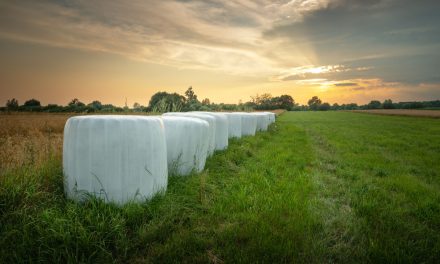
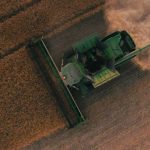

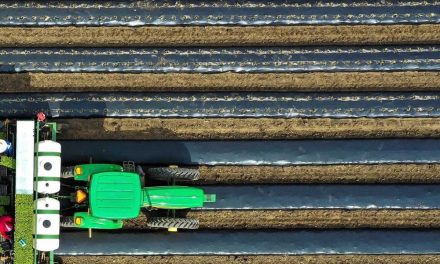



![[eBook Trends in Agriculture Plastics] Increasing use of biodegradable mulch](https://agriplasticscommunity.com/wp-content/uploads/550 × 310_2_ENG-440x264.png)
![[eBook Trends in Agriculture Plastics] Reducing the plastic used in the manufacture of agricultural films](https://agriplasticscommunity.com/wp-content/uploads/550 × 310_1_ENG-440x264.png)






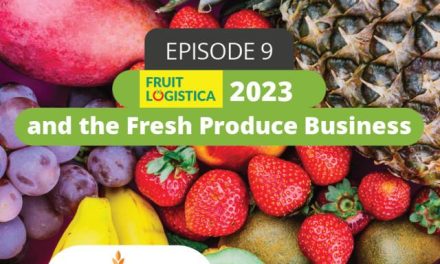

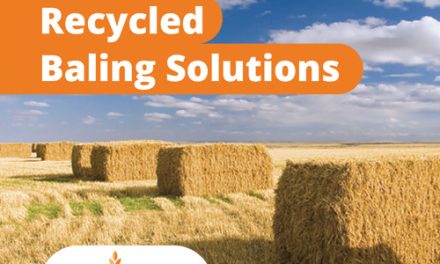






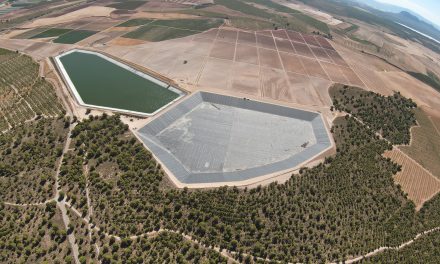


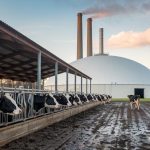

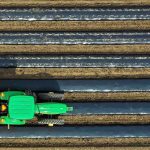



It is a very useful video and very important information about Plastic Mulch.